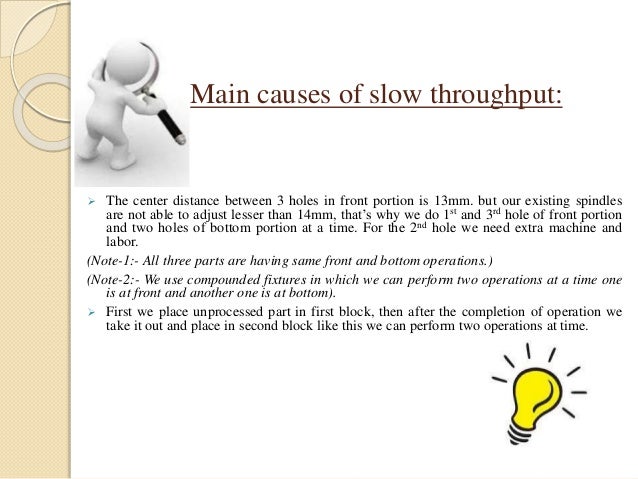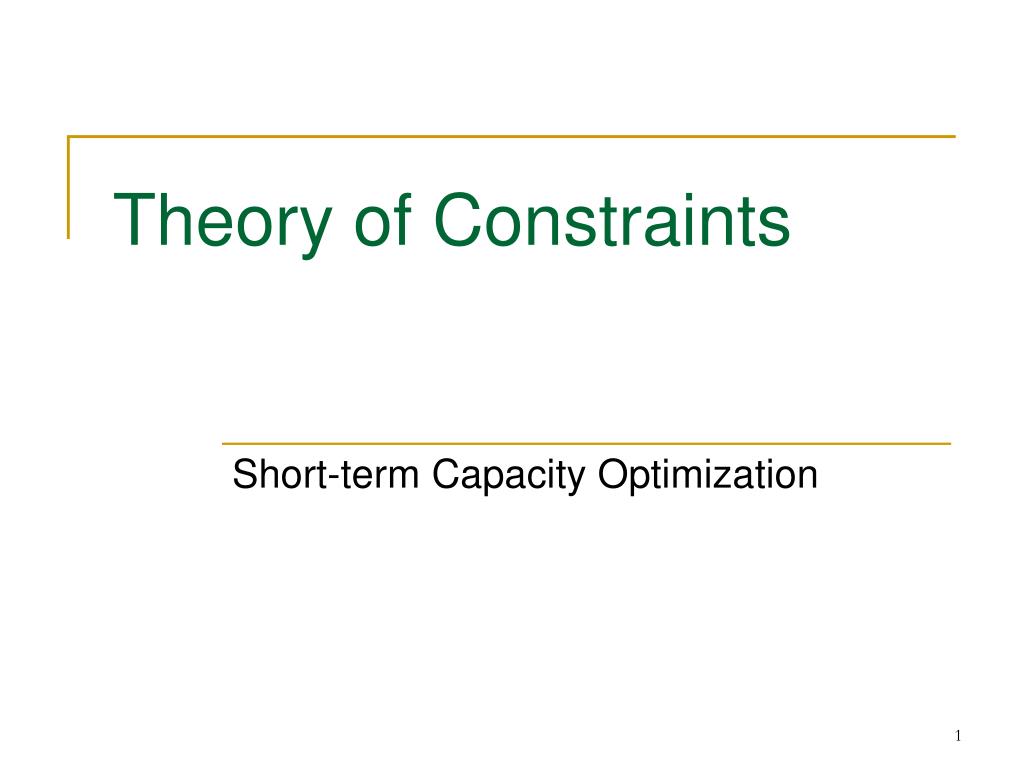

In essence, constraints make this objective difficult to achieve. It is important to note that in an increasingly competitive business environment, one of the most important objectives of a business entity is turning a profit. Lastly, the principle of respect makes an implication to the effect that even when they make mistakes or commit errors, human beings deserve respect due to their inherent goodness (Wilkinson, 2013). The principle of consistency, on the other hand, indicates that in most instances, flawed assumptions are always to blame for internal conflicts (Wilkinson, 2013).


When it comes to convergence, Wilkinson, (2013) observes that the theory’s implication is to the effect that it is easier to manage a complex system as changes to a specific system aspect ends up affecting the entire system. “convergence, consistency, and respect” (Wilkinson, 2013). In essence, TOC has three principles, i.e. In that regard, in seeking to apply TOC principles, an individual ought to view the whole production system holistically. It is important to note that the focus of TOC on this front would primarily be system improvement. Maximizing Organizational Performance and Effectiveness TOC, in the words of Elton and Roe (1998), “explains how to boost the performance of any process that involves a series of interdependent stems… the theory has managers focus on the bottlenecks, or constraints, that keep the process from increasing its output.” Eliyahu Goldratt is credited with the formulation of this particular theory. The theory of constraints (TOC) could be seen as an approach towards the management of operational constraints or bottlenecks so as to achieve set goals and objectives (Wilkinson, 2013).


 0 kommentar(er)
0 kommentar(er)
